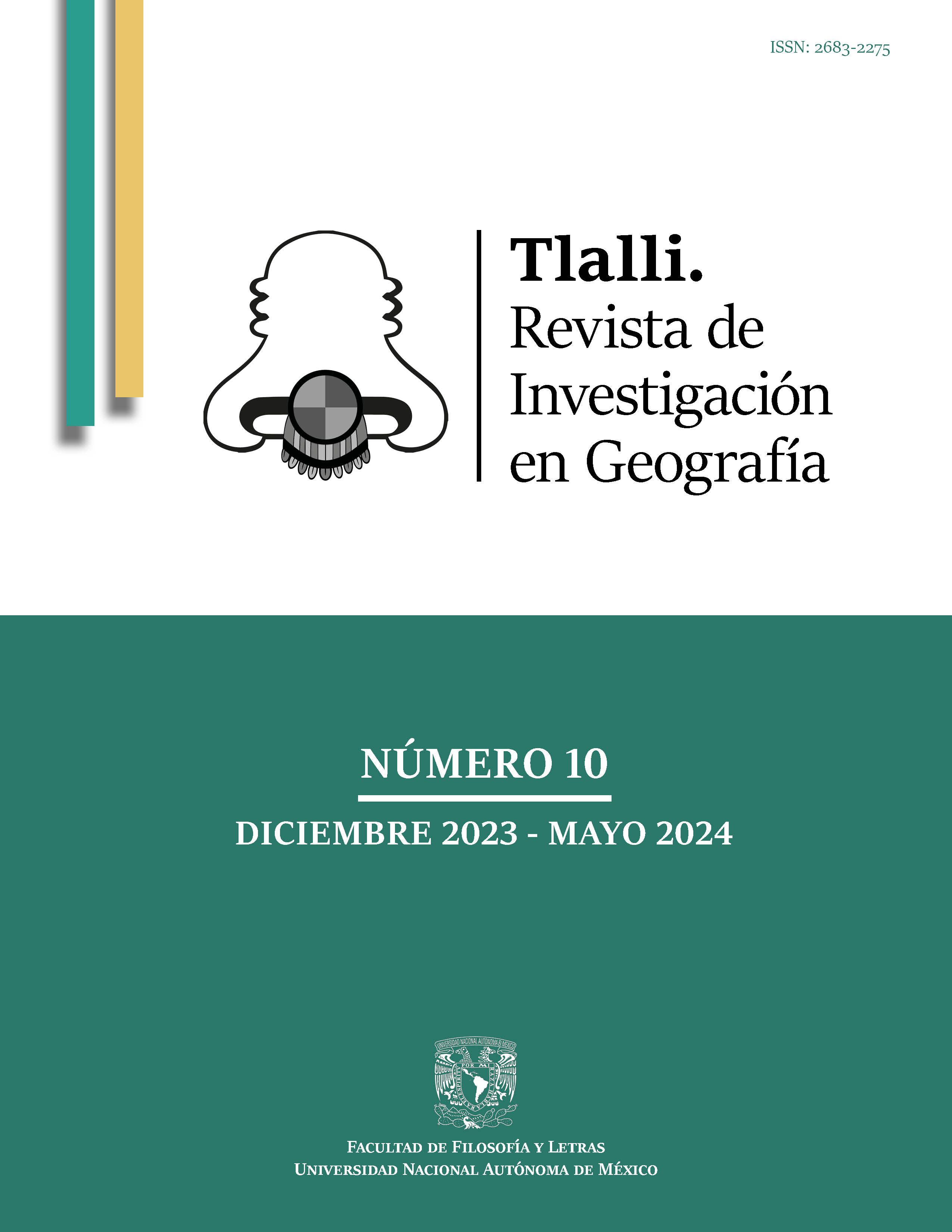The Profile and Place Names of the Colombian-Venezuelan Coastline in the Lusitano-Germanic Cartography of the First Quarter of the 16th Century
Main Article Content
Abstract
Currently displayed in the Library of Congress of the United States as “America’s Birth Certificate” (despite the fact that said toponym was inscribed exclusively over what is now generally referred to as South America), the planisphere Universalis Cosmographia, drawn up by Martin Waldseemüller in 1507 and rediscovered in 1901 by Joseph Fischer in Germany, has monopolized much of the literature on early cartographic representations of the continent as the most important sample of the Lusitano-Germanic cartography of the early 16th century, precisely because it is the first to incorporate the controversial name that our continent bears today. However, along with the designation America, there are other toponyms that have not had the same prominence and that even, most of the time, go unnoticed, but that also tell us about the history of the then called New World and the process through which its map was constructed. This article seeks to account for the typical characteristics of the contour and nomenclature of the current Colombian-Venezuelan coast within this cartographic current and for how this design, with its omissions, inaccuracies, and alternative names, was reproduced without major additions, corrections, and updates for more than two decades in Central Europe. By extracting the profiles and toponymy corresponding to said coastline in the Lusitano-Germanic maps of the first quarter of the 16th century and by their analysis in correlation with the primary sources related to the first voyages of discovery, the physical geography of the region, and the corresponding secondary bibliography, we expose and argue how the Germanic cartography of the so-called “tierra firme” suffered an empirical stagnation that expanded throughout the first three decades of that century.
Article Details

This work is licensed under a Creative Commons Attribution-NonCommercial-NoDerivatives 4.0 International License.
References
Cerezo, Ricardo. (1994). La cartografía náutica española en los siglos xiv, xv y xvi. Centro Superior de Investigaciones Científicas.
Colón, Fernando. (1892). Historia del Almirante Don Cristóbal Colón, Tomo II. Tomás Minuesa.
De las Casas, Bartolomé. (1875). Historia de las Indias, Tomo II. Imprenta de Miguel Ginesta.
Duquesa de Berwick y de Alba. (1892). Autógrafos de Cristóbal Colón y papeles de América. Establecimiento Tipográfico “Sucesores de Rviadeneyra”.
Fernández de Enciso, Martín. (1520). Suma de geographia que trata de todas las partidas y provincias del mundo. Jacobo Croberger.
Fernández de Navarrete, Martín. (1853). Colección de los viajes y descubrimientos que hicieron por mar los españoles desde fines del siglo xv, Tomo I, 2a Ed. Imprenta Nacional.
Fernández de Navarrete, Martín. (1880). Colección de los viajes y descubrimientos que hicieron por mar los españoles desde fines del siglo xv, Tomo III. Moya y Plaza.
Fernández de Oviedo y Valdés, Gonzalo. (1851). Historia General y Natural de las Indias, islas y tierra firme del Mar Océano, Primera parte. Real Academia de la Historia.
Fischer, Joseph; Wieser, Franz. (1903). Die älteste Karte mit dem Namen Amerika aus dem Jahre 1507 und die Carta Marina aus dem Jahre 1516 des M. Waldseemüller (Ilacomilus). Verlag der Wagner’schen Universitäts-Buchhandlung.
Harrisse, Henry. (1892). The Discovery of North America: A Critical, Documentary, and Historic Investigation. Henry Stevens and Son.
Hennig, Richard. (1948). “The Representation on Maps of the Magalhães Straits before Their Discovery”. Imago Mundi, 5(1), 33-37. https://doi.org/10.1080/03085694808591902.
Lundgren, Uta. (1992) “Trial and Error in the Mapping of America during the Early Modern Period”. En Hans Wolff (Ed), America: Early Maps of the New World (pp. 145-160). Prestel.
Mártir de Anglería, Pedro. (1989). Décadas del Nuevo Mundo. Ediciones Polifemo.
Ramos, Demetrio. (1981). Audacia, negocios y política en los viajes españoles de descubrimiento y rescate. Seminario Americanista de la Universidad de Valladolid.
Real Academia de la Historia. (1892). Colección de documentos inéditos relativos al descubrimiento, conquista y organización de las antiguas posesiones españolas de ultramar, Segunda Serie, Tomo 7, I: De los pleitos de Colón. Establecimiento Tipográfico “Sucesores de Rviadeneyra”.
Vespucio, Américo. (1951). El nuevo mundo: cartas relativas a sus viajes y descubrimientos. Editorial Nova.
Vigneras, Louis-André. (1976). The Discovery of South America and the Andalusian Voyages. University of Chicago Press.
Wieser, Franz. (1881). Magalhâes-Strasse und Austral-Continent auf den Globen des Johannes Schöner. Wagner.

